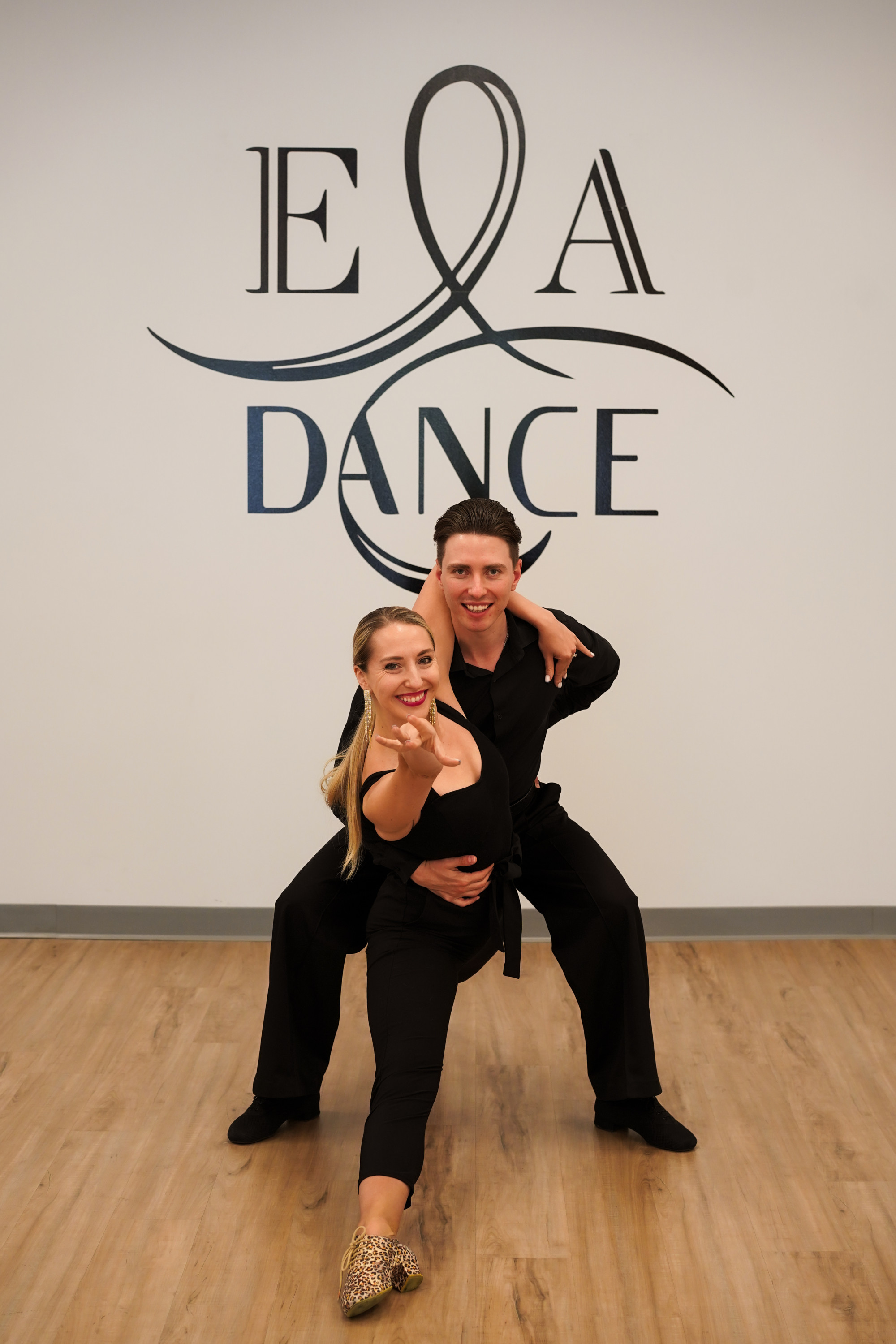Samba Dance Lessons Near Oak Ridge, Florida
Looking to get private dance lessons near Oak Ridge, Florida? We've got you covered! We are conveniently located in Ocoee and ready to help you on your dance journey!

Samba
Samba is a lively and energetic Brazilian dance style that originated in Rio de Janeiro. It is known for its upbeat tempo, rhythmic hip movements, and colorful costumes. Here are some key features of samba:
1. **Brazilian Roots**: Samba is deeply rooted in Brazilian culture and is often associated with the country's vibrant festivals, particularly Carnival. It originated as a fusion of African rhythms brought to Brazil by enslaved Africans and European influences.
2. **Music and Rhythm**: Samba is danced to music with a fast tempo and a distinctive 2/4 time signature. The music features lively percussion instruments such as drums, tambourines, and shakers, creating a pulsating beat that drives the dance.
3. **Hip Movement**: Samba is characterized by its rhythmic hip movements, known as "samba bounce." Dancers use a combination of hip sways, circles, and figure eights to interpret the music and add flair to their movements.
4. **Basic Steps**: The basic step of samba involves a quick, bouncy movement of the feet with a slight bend in the knees. Partners dance in a closed position, with the leader guiding the follower through a series of steps, turns, and syncopated rhythms.
5. **Carnival Samba**: Carnival samba, also known as "samba no pé," is a solo dance performed by individuals or groups during Carnival parades and festivities. Dancers wear elaborate costumes and showcase their skills with intricate footwork, spins, and body movements.
6. **Samba Pagode**: Samba pagode is a social dance style that originated in the 1980s and is danced to pagode music, a subgenre of samba. It is characterized by its relaxed, casual style and is often danced in a circle with friends or at informal gatherings.
7. **Samba Gafieira**: Samba gafieira is a partner dance style that evolved from samba and is often danced to Brazilian jazz music. It combines elements of samba with other dance styles such as tango and forró, incorporating intricate footwork, spins, and dips.
Overall, samba is a dynamic and joyful dance style that celebrates the spirit and energy of Brazilian culture. Whether danced solo, with a partner, or in a group, samba captivates audiences with its infectious rhythm and vibrant movements.